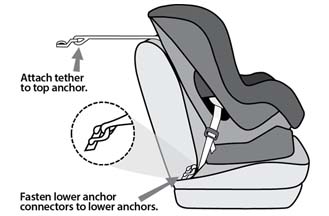Reading can be so much fun! We've talked about reading many time and the wonderful benefits it has for your children. Here is a great book that has many interactive activities to help your children learn everyday and develop pre-math skills, a love for reading, matching, and colors identification from an early age.
This book is all about Dinosaurs and their CRAZY movements, so get moving with your children!!!
Here are some fun ideas:
- Act out the words!
Let
your child roar, squeak, act fierce, act meet, walk slow, walk fast, act weak
and strong, measure short and long, fat and tiny, demonstrate clean and slimy,
act sweet and grumpy, touch spiky and lumpy, and dramatize eating lunch.
- Matching Game
Match
the dinosaur by color, shape, and name.
-Green/orange
with spikes-Stegosaurus
-Orange/yellow
with bony head-parasaurolophus
-Small
orange/yellow with long tail- deinonychus
-Green/blue
with two sharp front teeth- tyrannosaurus
-Large
yellow/orange with spots-brontosaurus
-Large
brown spotted- allosaurus
-Flying-
rhamphorhynchus
-Small
yellow/green with spots- campsognathus
- Fossil Craft
Ingredients
Foil
pie tins (small and large) or reusable pie plates
Large
cupcake tins or other dishes that have flat bottoms and are fairly shallow
At
least three small bags of plaster of paris
Measuring
cup
Water
A
collection of things from nature to “fossilize” (Don’t use things that you want
to save. The plaster doesn’t come off easily), and
Paints
if you want to decorate them more
Directions
Mix
up all of the plaster of paris, using only about 3/4 of the water it calls for.
You want it to be thick. Spread out all
of your pans and fill each of them with about 1/4 to 1/2 inch of plaster of
paris and let set up for a few minutes until it is a little firm. Press your “fossils” into the plaster and let
them set up for about 5 more minutes.
Carefully peel back the “fossils” to reveal the impression and then let
dry for 20-30 minutes.
- Field Trip
To
see real bones, take a field trip over to the BYU Museum of Paleontology. This museum is free to the public and is open
from Mondy-Friday, 9am-5pm.
It
is located at: BYU Museum of Paleontology
1683 N. Canyon Road
Provo, Utah 84602-3300
1683 N. Canyon Road
Provo, Utah 84602-3300















































